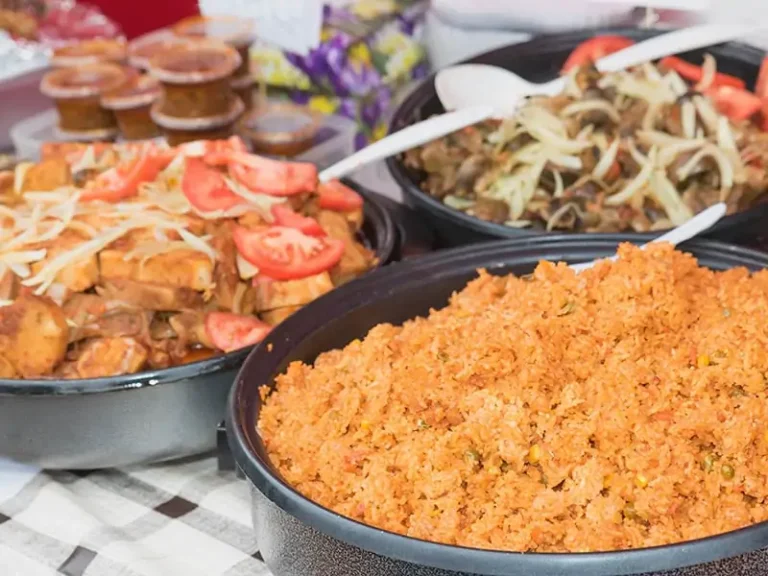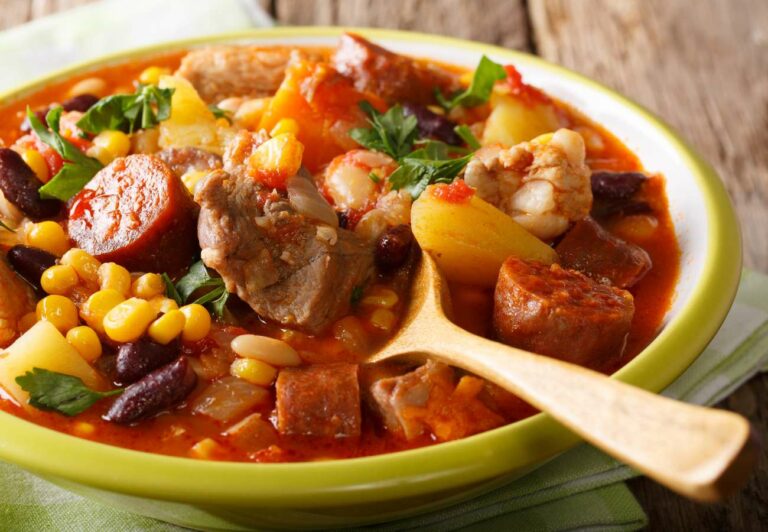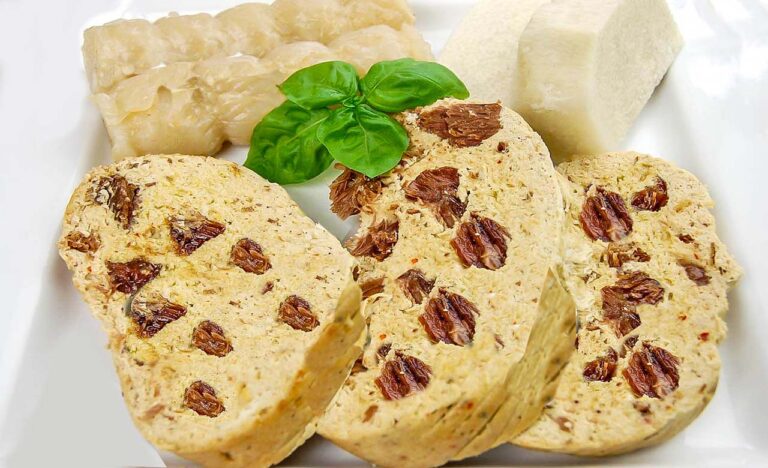Introduction: Brazilian Cuisine
Brazilian cuisine is known for its diversity of flavors and ingredients that reflect the country’s cultural heritage. With a mix of indigenous, African, and European influences, Brazilian food is a fusion of different culinary traditions, making it one of the most exciting and flavorful cuisines in the world. The use of fresh ingredients, spices, and bold flavors are some of the characteristics that define Brazilian food.
The Influence of Indigenous Cuisine
The indigenous people of Brazil have a long history of using local ingredients like cassava, corn, and fruits to create dishes that are both nutritious and flavorful. Some of the most popular indigenous dishes include acarajé, a bean fritter stuffed with shrimp and vatapá, a creamy sauce made with ground peanuts, coconut milk, and spices. Brazilian indigenous cuisine also includes a variety of exotic fruits like açaí and cupuaçu, which are used to make delicious juices and desserts.
African Flavors and Techniques
During the colonial period, Brazil became the largest importer of African slaves in the world, and their cuisine had a huge influence on Brazilian food. African slaves brought with them their culinary traditions, which included the use of ingredients like palm oil, okra, and peanuts. Some of the most popular dishes that reflect the African influence are feijoada, a rich stew made with beans and meats, and moqueca, a fish stew cooked in coconut milk and dendê oil.
Portuguese Influence on Brazilian Food
Portuguese colonization also had a significant impact on Brazilian cuisine. The Portuguese brought with them new ingredients like wheat, onions, and garlic, which were used to create traditional dishes like bacalhau, a salted cod dish, and cozido, a meat and vegetable stew. The Portuguese also introduced the use of spices like paprika and saffron, which are still widely used in Brazilian cuisine today.
The Importance of Rice and Beans
Rice and beans are a staple in Brazilian cuisine, and they are served with almost every meal. This combination provides a complete protein and is a nutritious and affordable option for many Brazilians. Rice and beans are often served with a variety of meats, salads, and vegetables, making it a versatile and filling dish.
Meat, Fish, and Seafood in Brazilian Cuisine
Brazil is known for its barbecue culture, and meat is an essential ingredient in many Brazilian dishes. Beef, chicken, and pork are widely consumed, and churrasco, a type of barbecue, is a popular way to prepare meat. Fish and seafood are also commonly eaten, especially in coastal regions. Some of the most popular fish dishes include moqueca, a stew made with fish and coconut milk, and camarão na moranga, a dish made with shrimp and pumpkin.
Brazilian Desserts: Sweet and Savory
Brazilian desserts are a mix of sweet and savory flavors, and they are often made with tropical fruits, coconut, and condensed milk. Some of the most popular desserts include brigadeiros, chocolate truffles made with condensed milk, and quindim, a sweet egg yolk and coconut dessert. Savory desserts like pão de queijo, a cheese bread, and coxinha, a deep-fried pastry filled with chicken, are also widely popular in Brazil.
Traditional Drinks in Brazilian Cuisine
Brazil is famous for its coffee, and it is one of the largest coffee producers in the world. Brazilian coffee is known for its mild and sweet taste, and it is usually served black or with milk. Cachaça, a distilled spirit made from sugarcane, is another traditional drink in Brazil, and it is the main ingredient in caipirinha, the country’s national cocktail. Other popular drinks include guaraná, a fizzy soft drink made from a local fruit, and mate, a tea-like beverage made from yerba mate leaves.










